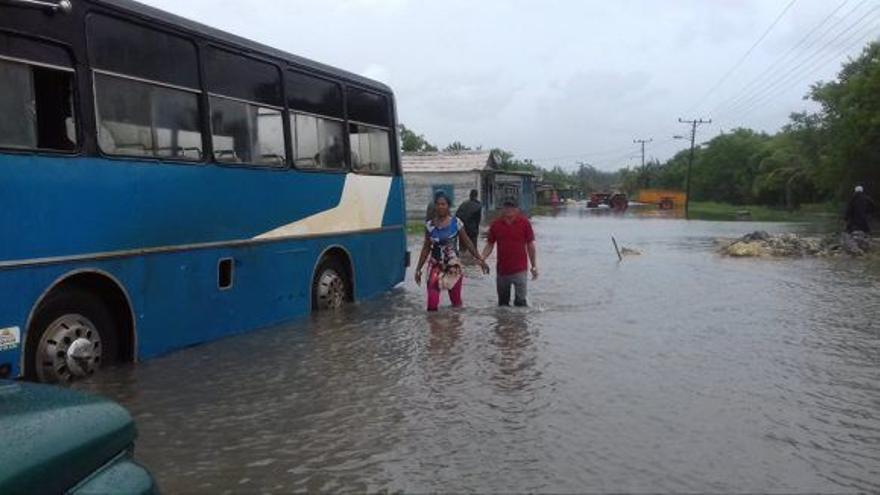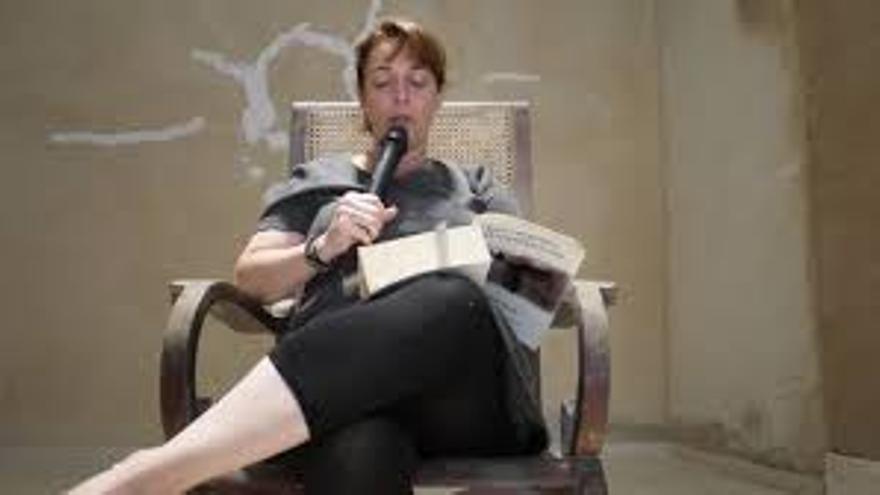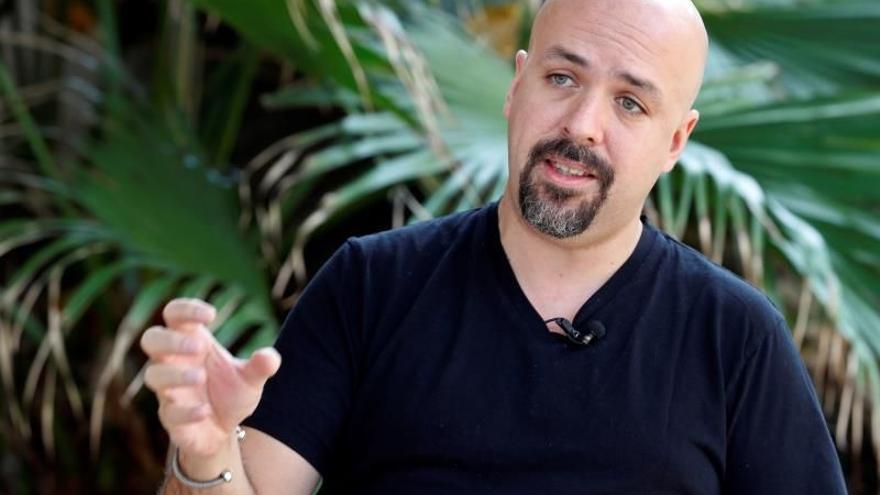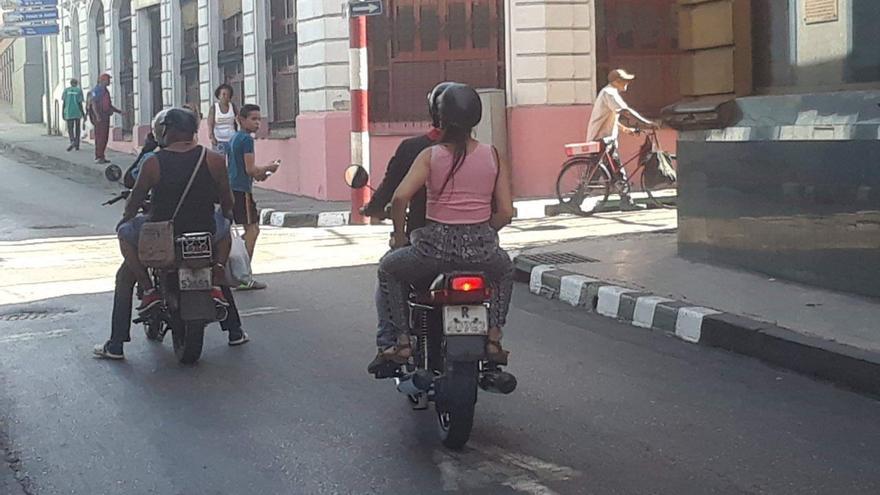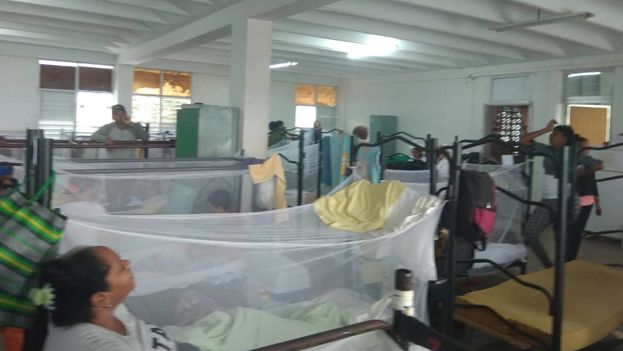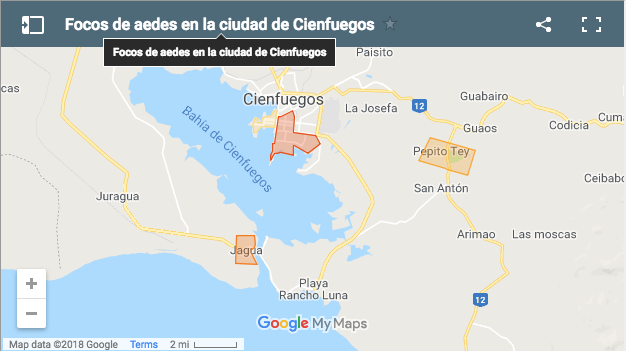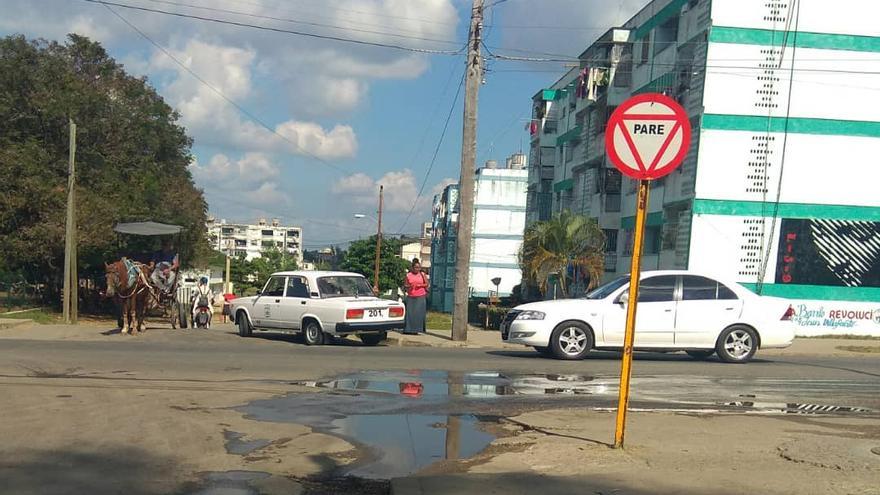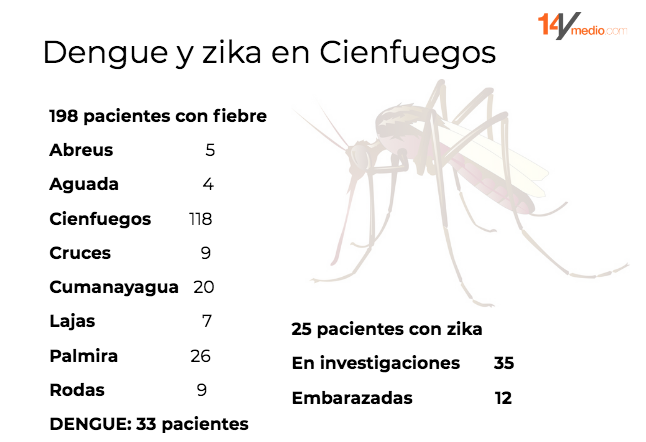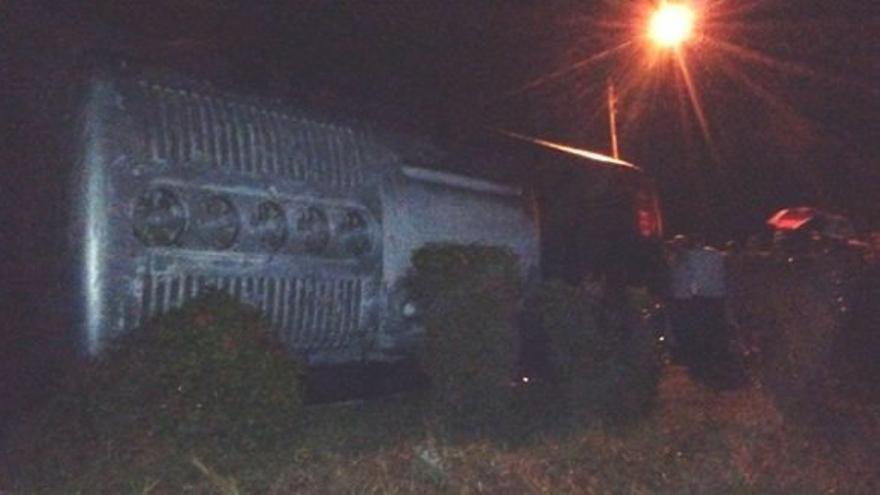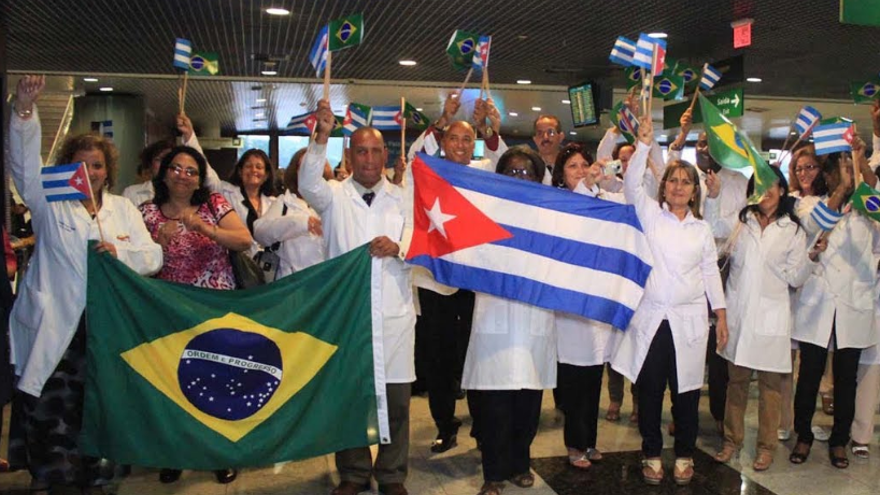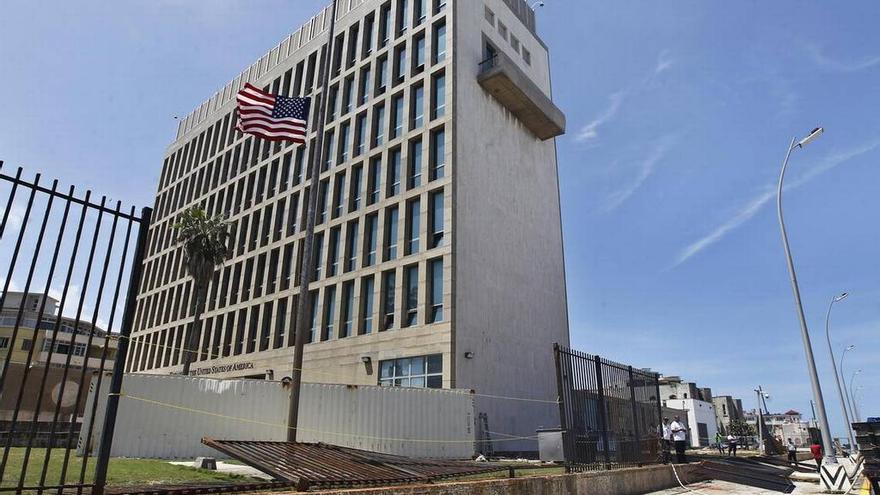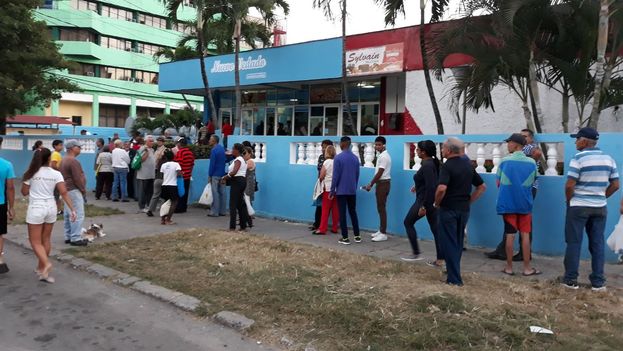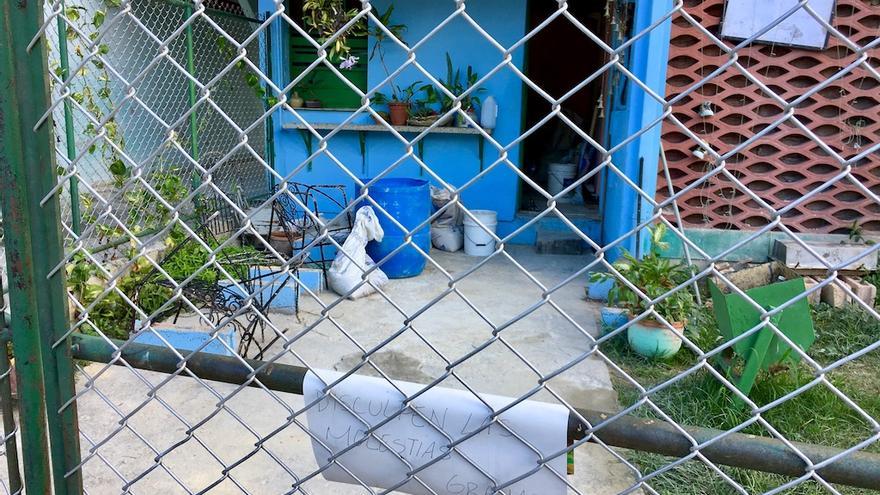
![]() 14ymedio, Havana, December 19, 2018 — Religious groups that were pleased by the announcement of the National Assembly’s announcement that Article 68, which would open the door to marriage equality, would be removed from the constitutional reform, have announced this Wednesday their intention to mobilize against the Government’s project to include, within two years, that same concept in the Family Code.
14ymedio, Havana, December 19, 2018 — Religious groups that were pleased by the announcement of the National Assembly’s announcement that Article 68, which would open the door to marriage equality, would be removed from the constitutional reform, have announced this Wednesday their intention to mobilize against the Government’s project to include, within two years, that same concept in the Family Code.
“The news that the National Assembly of People’s Power has discarded the proposal of Article 68, because it was shown that a majority of the Cuban population rejected it, gives a measure of how strongly the thinking of the Evangelical Church of Cuba represents the Cuban People,” the Methodist Church of Cuba wrote on its Facebook page. continue reading
This declaration is a response to National Assembly deputy Mariela Castro, director of the National Center of Sexual Education (Cenesex), which has explained via its Facebook account that Article 82 will now define the institution as a fundamental union “in free consent and in equality of rights, obligations, and legal capacity of the spouses.”
The daughter of ex-president Raúl Castro assured that the “new formula retains the essence of the formerly proposed article (68), since it erases the binary of gender and heteronormativity with which marriage was defined in the Constitution of 1976. There’s no going back, the essence of Article 68 remains, the fight continues, now let’s say YES to the Constitution.”
Mariela Castro attributes the confusion of recent hours to poor communication from the National Assembly. “The Commission proposes deferring the concept of marriage, that is to say, that it is removed from the Project of the Constitution, as a form of respecting all opinions. Marriage is a social and legal institution. The law will define the rest of the elements,” said the Parliament on its Twitter account.
“Unfortunately the message tweeted by our legislative body mutilated the new proposal and with an inappropriate approach threw into the fray what many people are interpreting as a retreat,” clarified Mariela Castro.
The news had fallen like a bucket of cold water among the defenders of marriage equality who viewed the decision as a step back.
One of the first to react was the journalist Francisco Rodríguez Cruz, who has the blog Paquito el de Cuba. “Neither between man and woman nor between two people: the Constitution will not say what marriage is. The future Law will,” he detailed on Facebook. “To say it politely: take your marriage and shove it!” the activist also added.
The new wording opens, also according to Mariela Castro herself, the door to legalizing other types of couples. “It places domestic partnerships as a novel element, without tying them to a specific gender; this form, in the long term and according to statistics, is [currently] the most used in our society,” she reminded.
From Placetas, Villa Clara, on Facebook Live the journalist and LGBTI activist Maykel González Vivero said that the news had not taken him by surprise. “Some people close to Cenesex had notified us that article 68 wouldn’t be in the project of the Constitution.”
“It’s clear that the Family Code as well will be submitted, within a period of two years, to a popular consultation. At the end of the day what the National Assembly has done is prolong and delay the moment in which the right to marriage will be established for everyone in Cuba,” laments González, director of the independent publication Tremenda Nota.
Pastor Bernardo Quesada, one of the most fervent opponents of article 68 as it was worded in the project of the Constitution, doesn’t feel satisfied with the change announced in Parliament, although he minimizes its importance.
“More important than the issue of marriage, it worries us that neither freedom of association nor freedom of religion is specified,” reports Quesada to 14ymedio. The pastor recognizes that there is “much confusion” with the news that has been coming out in recent hours about a parallel popular consultation, to include the definition of “marriage” in the Family Code.
“It’s a maneuver to seek the approval of the Constitution in the referendum, because of that our churches are going to reject that. At least those of us who have five senses are not going to be tricked nor convinced to approve this Constitution,” he explains.
In July five Cuban evangelical denominations made public a declaration against marriage equality. The document affirmed that the “ideology of gender” had no relation with Cuban culture “nor with the historic leaders of the Revolution.”
In temples and Christian churches all over the country article 68 was openly criticized, a situation that made the Government fear a massive No vote against the Constitution. Evangelicals have had a rapid growth in recent years and it is calculated that the Methodists alone count more than 80,000 faithful in the entire country. Additionally, the Cuban Episcopal Conference also rejected allowing persons of the same sex to marry.
With this turn, the Government postpones the controversy and casts off an issue that could have brought No votes to the constitutional reform.
Translated by: Sheilagh Carey
___________________________
The 14ymedio team is committed to serious journalism that reflects the reality of deep Cuba. Thank you for joining us on this long road. We invite you to continue supporting us, but this time by becoming a member of 14ymedio. Together we can continue to transform journalism in Cuba.

